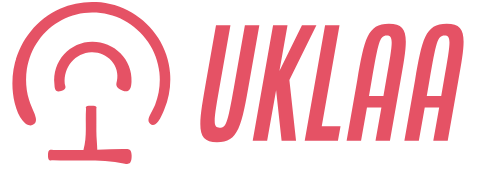Mortgage borrowers have no reason to start panicking about the impact rising gilt yields may have on them, an industry figure said.
Reacting to UK gilt yields rising to their highest level since 2008, Sarah Coles, head of personal finance at Hargreaves Lansdown, said fixed mortgage rates were usually responsive to changes in interest rate expectations.
She said pricing had already “crept up very slightly”, but there was “no need for prospective borrowers to panic at this stage”.
The 10-year gilt yield, or the cost of government borrowing, rose to 4.8% today, while the 30-year bond reached 5.34%. Earlier this week, the 30-year bond hit 5.35%, the highest since 1998.
Coles said: “It’s worth noting that although the bond markets have thrown a wobbly, it hasn’t particularly altered expectations of what the Bank of England is likely to do to rates. The market is still pricing in just over a 60% chance of a rate cut in February – it has moved from 66% to 64%, but that’s nothing to frighten the horses.
“Very slightly higher rates have been brought in by some mortgage lenders, who had to secure a fixed rate in the swap markets while they’re more expensive, but as yet, there’s nothing more widespread. This is likely to filter into more deals, but it’s not yet clear how long this disruption in the bond markets will last.”

The realities of retrofitting
Sponsored by Skipton Building Society for Intermediaries
She said the UK’s bond market “reacted dramatically” to changes in the American debt market ahead of Donald Trump coming to office and his plans to introduce trading tariffs on goods from China, Mexico and Canada.
However, Coles added: “In the coming days, this could subside if the bond markets decide they’ve got a bit ahead of themselves. There are no guarantees, but the strength of the immediate reaction means there’s room for the markets to gain a bit of perspective. If that happens, we’ll see yields drop again, and mortgage rates could ease.
“Of course, there are no guarantees. If more worrying news comes out of the US, or fears of stagflation spread, bond yields could remain higher, and if this happens, there’s more of a chance it will be reflected in more widespread higher mortgage rates.”
According to Chatham Financial, the two-year SONIA swap rate was 4.24% as of 7 January, compared to 4.07% a month earlier. The five-year swap rate rose from 3.8% to 4.07%.
Will there still be base rate cuts this year?
Susannah Streeter, head of money and markets at Hargreaves Lansdown, said the bond markets were “riding the rumour rollercoaster” that Trump’s tariff plans would impact inflation, “leading to expectations that interest rates will have to stay higher for longer”.
Streeter added: “In the UK, there is also particular concern brewing about stagflation taking hold, given that inflation has been creeping up and pay growth is still hot, while the economy has been stagnating. There are concerns this may limit the interest rate reductions by the Bank of England this year.”
However, she said it was unlikely this would have an immediate impact on the Bank of England’s decisions regarding interest rate cuts.
Streeter said: “Financial markets are still expecting two interest rate cuts by the end of the year. If the government is forced to increase taxes or reduce spending, which Rachel Reeves will want to avoid, it could dampen down economic activity and make interest rate cuts more likely.”



